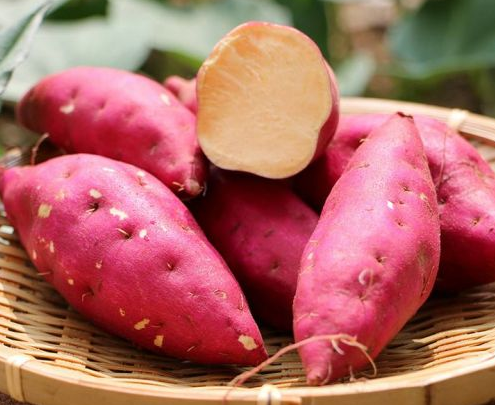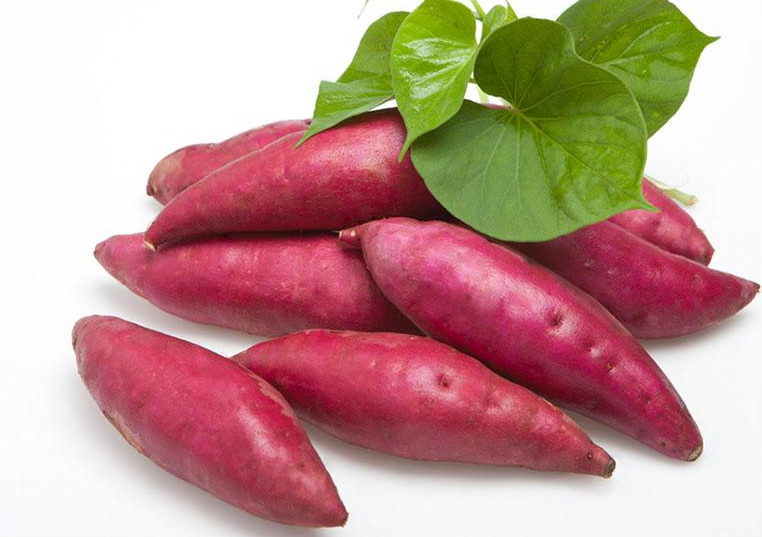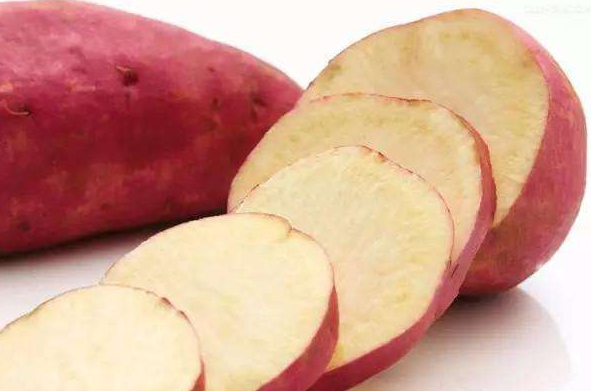1. Digging potatoes at the right time:
Early-maturing varieties dig potatoes in mid-September and late-maturing varieties 3-5 days before the frost, with the highest flour yield. Sweet potatoes are dug early and are not mature enough, and the flour extraction rate is low; digging late is susceptible to frost, which also reduces the flour extraction rate.

2. Shorten the storage period as much as possible:
In rural areas, there is a habit of storing sweet potatoes or processing fresh potatoes into dried potatoes and then processing them into starch. In fact, this approach will reduce the flour extraction rate of sweet potatoes, especially when processing fresh potatoes. Dried potatoes, the flour extraction rate will be greatly reduced. After being crushed immediately after harvest, the powder extraction rate can reach about 35%; after standing for 20 days, the powder extraction rate will be reduced to about 20%. Therefore, after digging potatoes, try to process them into starch within 20 days. If a large quantity of fresh potatoes must be stored first, the storage period should be shortened as much as possible, and attention should be paid to the temperature and humidity in the cellar to prevent the sweet potatoes from drying out.

3. Selection of potatoes:
There are many varieties of sweet potatoes, the white heart varieties can have about 10% more starch than the red heart varieties, and the powder is white and the powder quality is good.
4. Cleaning:
Remove mildew and spoiled sweet potatoes, wash off the sand and mud and other sundries sticking to the potato pieces, rinse them with clean water several times, and then use them for later use.
5. Refining:
First soak the sweet potato with dilute alkaline water or soda solution to make the fiber swell and the pigment and colloidal substances to easily ooze out, so as to facilitate the separation of fiber and starch during grinding. Then, the soaked sweet potatoes are crushed with a beater and poured into the grinding jar. When refining, hold the tank with one hand and rotate with the other hand to make the slurry slowly settle.
6. Sedimentation:
Do not rush to wash the pulp with clean water after refining. The pulp should be left for 24 hours to settle, and then at the ratio of 50 grams of white wine per 50 kg of sweet potatoes, dilute the white wine with a proper amount of water and mix well. Line washing.

7. Washing:
Washing with gauze (about 1 meter in length and 1 meter in width) for filtering soy milk, tied to a tripod with chest height. Place a larger slurry bucket under the rack (it is better to open a drain hole 67 cm from the bottom of the bucket wall), and then put the ground potato slurry into the tied filter cloth, each time 4-5 kilogram. When filtering, while shaking and scrubbing, slowly add 2-2.5 times of clean water to filter all the powder into the bucket (should be the degree that the filtered water turns to clear). Generally, it can settle in 10-12 hours, and then drain to remove scum and supernatant liquid. If the upper layer of water is still turbid and unclear, pour it into a bucket at the ratio of 500 kg of water to 150 g of alum (first crush the alum and dilute with a little water) and stir it evenly, and drain after 4 hours.
8. Drying:
After the water is drained, spread the filter cloth on the starch. After the starch is dry, cut it into pieces with a knife and take it out and dry it for storage, processing or sale.
The above wonderful content is the sharing of How to improve the flour extraction rate of sweet potatoes by Henan Zhongxing Grain and Oil Machinery Co., Ltd. If you want to know more sweet potato processing technology, you can contact us at any time.
Copyright © Henan Zhongxing Grain And Oil Machinery Co.,Ltd. All Rights Reserved. Powered by MetInfo